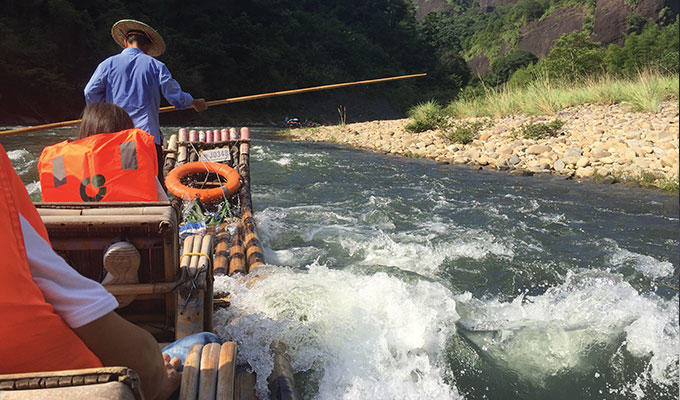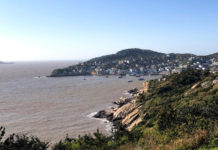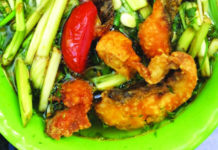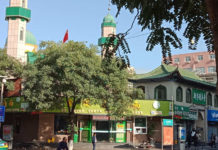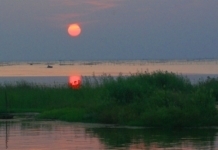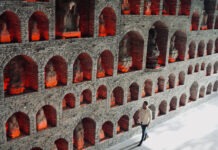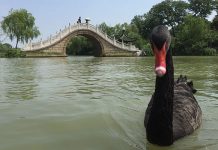Confucius may be China’s best known scholar, especially on a global level, but he was not her most influential. That is a title that falls better to Zhu Xi, he being but one of the many reasons for a break in Wuyishan, the lesser known, but equally majestic and altogether more manageable alternative to Huangshan.
As also the northern, smaller brother to the sugar loaf mountains of Guangxi Zhuang Autonomous Region, Wuyishan offers much of the same leisure activities, but in exchange for only a 4-hour-or-so high-speed train ride, direct from Nanjing South Railway Station to northern Fujian province. The excitement builds as the train nears the Zhejiang-Fujian border and begins its ascent into the hills, while the sheer green of the tropical foliage all around intensifies.
As we were to discover upon arrival, life is, however, full of difficult decisions. Head out on the Zigzag Shore Trail or opt for the Wizard of Oz Trail? Maybe the Rock Tea Trail should be deserving of the bucket list, taking in as it does, one of only three plantations in the world for the genuine article that is Da Hong Pao; tea grown here is not for general consumption, for its destination is the Forbidden City itself. This unique combination is the reason the area was awarded with recognition by UNESCO as part of the world’s natural and cultural heritage in 1999.
Of particular note is the Water Curtain Cave, that awaits at the end of a delightful walk, whereby more topological inspiration awaits around every corner, and a relatively steep climb up steps that must date back to the dawn of time itself. At the time of The Nanjinger’s visit, waters pouring from the cliffs above were minimal, a disappointment to many perhaps, but nevertheless affording one a refreshing and deservedly-cooling, public, outdoor shower, without becoming completely soaked through.
For many, the highlight of a visit is the 8.5 km, 1-hour, 40-minute journey by raft down the appropriately-but-somewhat-a-little-obviously named Nine Bend Creek. Herein, the Wuyishan calling card that is Yunnu Hill, towering high above those drifting by, while their excessively-tanned bamboo rafters exchange cigarettes and colourful jokes. The vertical cliffs, unsurprisingly, continue underwater, at one point to a depth of 240 metres; quite staggering considering at this point the river is only a few metres wide. Among the more printable parts of the ongoing commentary (which sets you back an additional ¥50) are the comparative topological formations; elephant rock, frog rock, burger rock, etc.
Our exhausted legs finally received at least some spiritual nourishment, at the aforementioned Zhu Xi’s villa retreat, that lies along the approach to Tianyou Peak, regarded as the top attraction in Wuyishan. Over 739 volumes and 800,000 words, Zhu Xi pontificated over not just philosophy, but also pedagogy, history, literature and morality. With Zhu living, studying, composing and lecturing in Wuyishan for over 50 years, the area became the major centre for the study of neo confucianism in all of southern China in the mid-late Song Dynasty. Among his main thrusts, Zhu argued for the inclusion of the Buddhist observance of high moral standards in this new secular form of Confucianism that was also a rejection of the superstitious and mystical elements of Taoism and Buddhism.
With our arms tanned and our minds enlightened, it was back to Wuyishan East Railway Station that lies in the absolute middle of nowhere for our return to Nanjing, but judging by the brand new grid work of roads surrounding it, and the idyllic 2 days we had spent in this little part of Paradise, it won’t be in the middle of nowhere for much longer.


